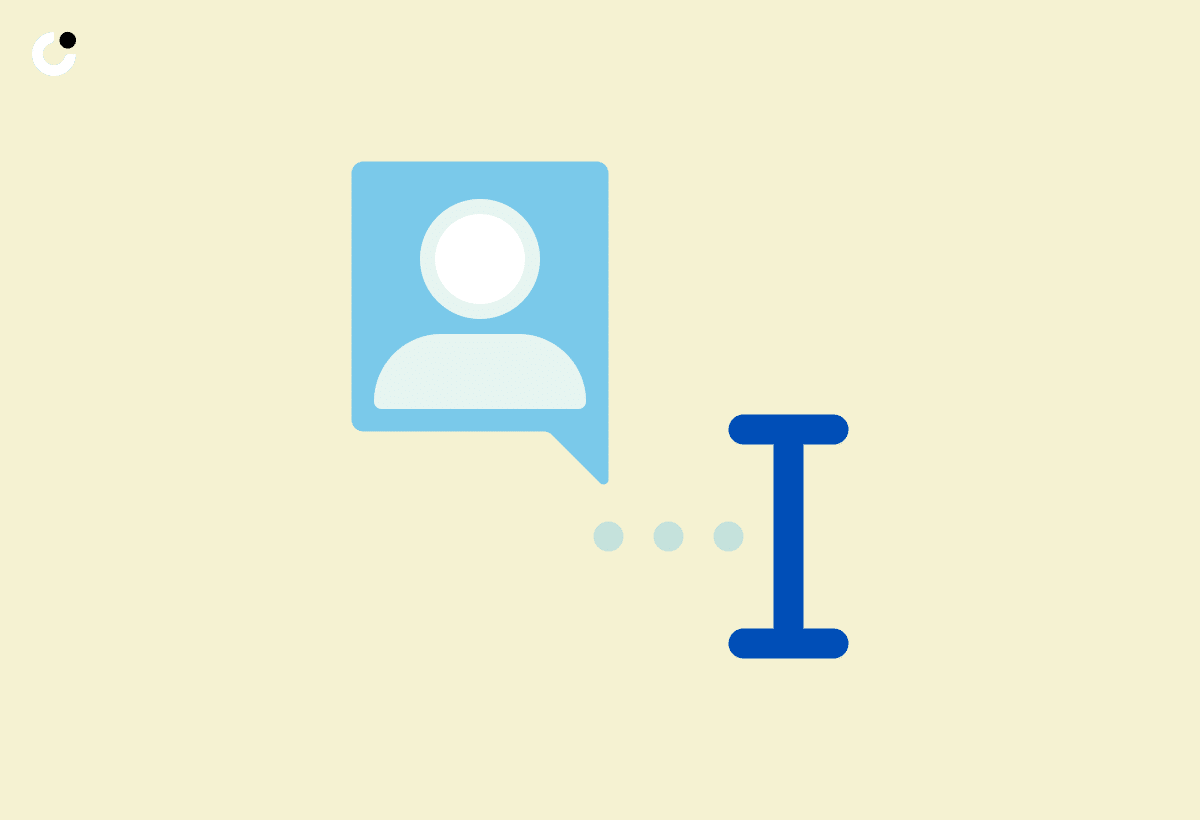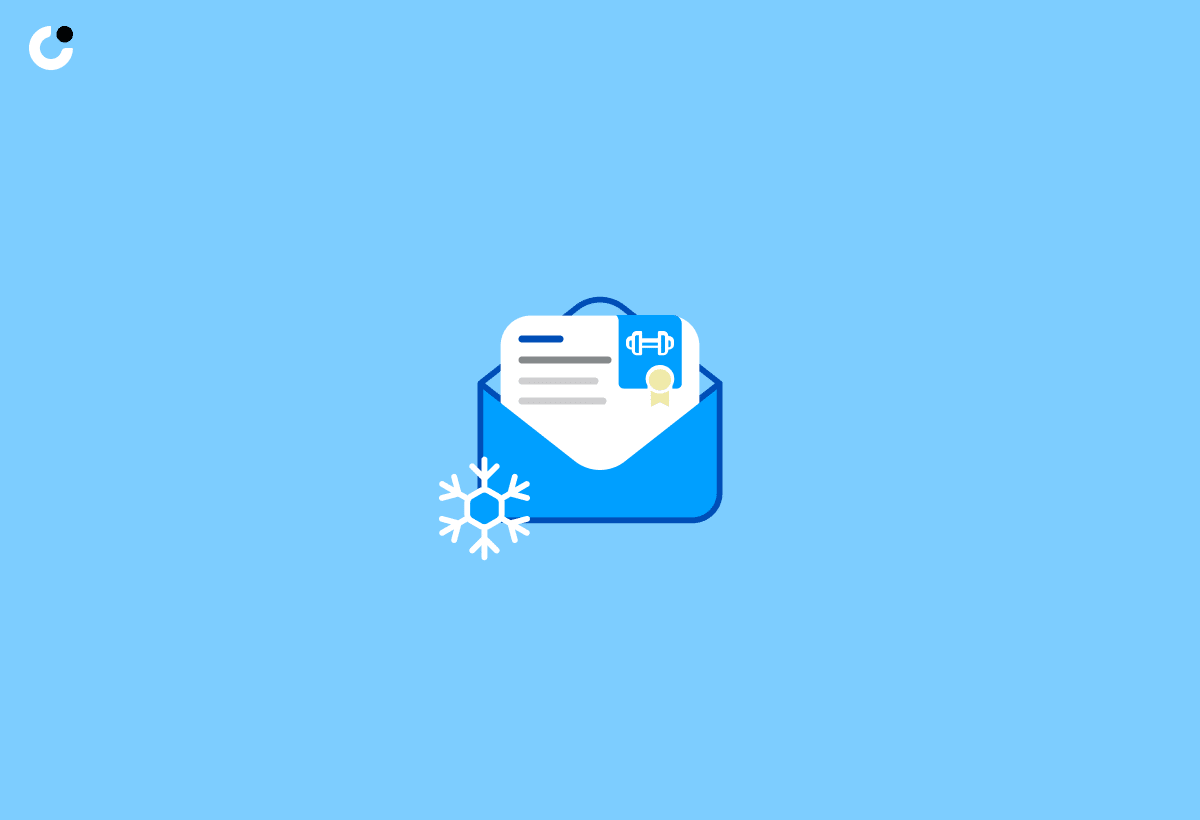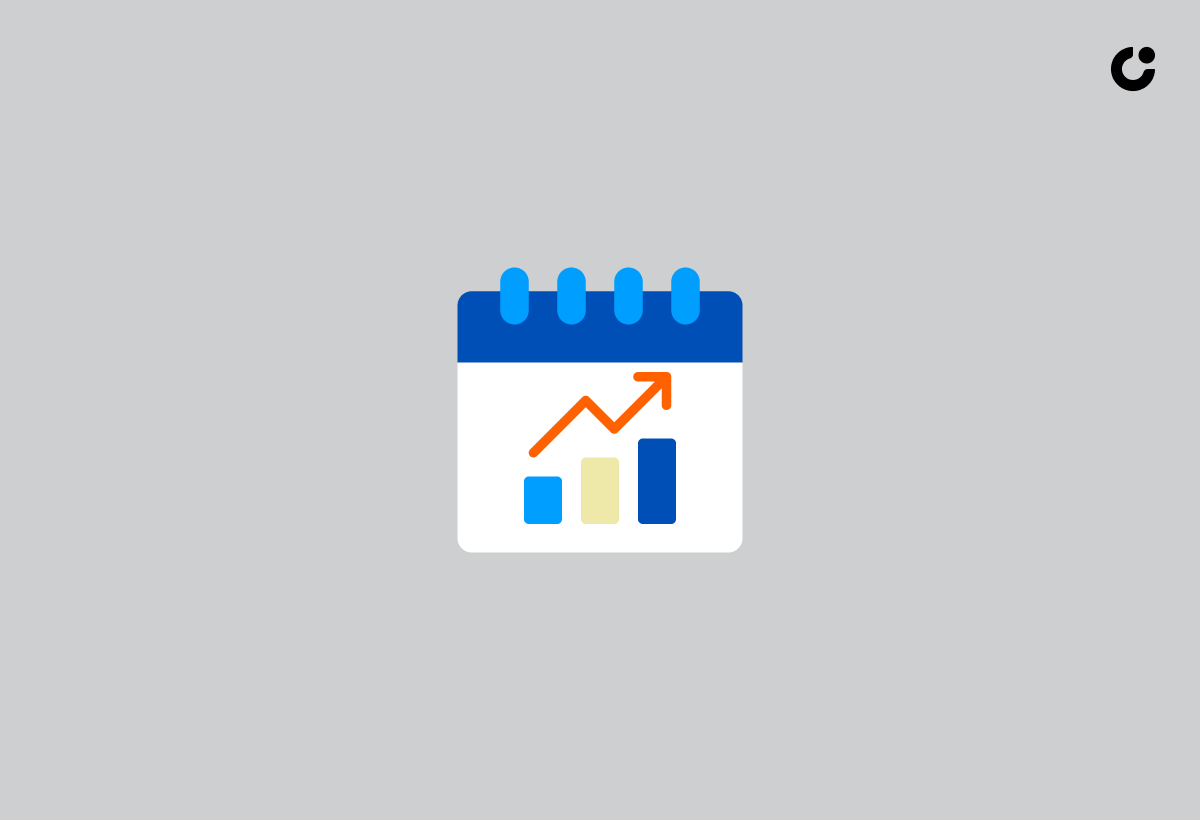Cold emailing remains a powerful tool for businesses to engage with potential clients and partners. With the ever-evolving digital landscape, understanding the metrics and best practices behind successful cold emails is crucial for maximizing results. In this blog post, we delve into the essential cold email stats, personalized subject lines, body copy best practices, and timing insights that can make or break your cold email campaigns. Get ready to boost your email engagement and response rates!
Key Takeaways
- Cold email success metrics include open rates, click-through rates, response rates and subject lines.
- Personalization techniques such as personalized subject lines can increase open & click-through rate for cold emails.
- Follow up emails with tailored content of value to the recipient help improve engagement & response rate.
Cold Email Success Metrics

The effectiveness of cold emails depends on three primary metrics: open rates, click-through rates, and response rates. A compelling subject line is vital to capture the recipient’s attention, with 33% of email recipients deciding whether to open an email based on the subject line alone. In fact, sales emails have an average open rate of 24%. Mobile optimization is becoming increasingly important as 81% of emails are now read on mobile devices. This underlines the necessity for businesses to fine-tune their email content for mobile users..
As for response rates, 80% of buyers prefer to be contacted via cold emailing vs calling, with 43% of salespeople reporting email as the most effective sales channel. Including questions in cold emails can increase reply rates by 50%. Armed with these powerful cold email statistics, let’s dive deeper into the specific metrics that can help you optimize your cold email campaigns.
Open Rates

Open rates for cold emails typically range from 15.22% to 28.46%. Personalization, especially in subject lines, can significantly impact open rates. Some strategies to increase open rates include:
- Using personalized subject lines, which can increase open rates by up to 100-200%
- Crafting subject lines with a sense of urgency
- Asking a question in the subject line
- Mentioning a mutual connection
These techniques can help boost open rates and increase the chances of your cold email being read.
Targeting the appropriate audience and using personalization techniques can help enhance your cold email open rates.
Click-Through Rates

Click-through rates (CTR) measure the percentage of recipients who click on a link in an email, providing insight into the effectiveness of a cold email campaign. The average CTR for cold emails is between 2-5%. Factors such as the content, value proposition, and the quality of the email list can significantly influence CTR.
Motivating the recipient to take action and boost CTR requires a compelling value proposition.
Response Rates

The average cold email response rate is 8.5%, which is one of the general cold email statistics to consider. To improve cold email response rates, focus on targeting the right recipients, customizing emails based on their preferences, and consistently following up.
Prompting recipients to take action and increase response rates also depends on compelling content and an effective call-to-action.
The Power of Personalized Subject Lines

Personalized subject lines can significantly improve cold email open rates. Techniques such as using the recipient’s first name, company name, or including questions and numbers can enhance subject line personalization. In fact, emails with personalized subject lines have a staggering 50% higher open rate.
Context is also crucial in cold email subject lines, as it helps prospects understand the email content and potentially increase response rates. Mastering personalized subject lines can help your cold emails stand out in the recipient’s inbox.
First Name Personalization

First name personalization in subject lines, or incorporating the recipient’s given name, can create a sense of value for the recipient and increase the likelihood of engagement. Research shows that including the recipient’s first name can lead to an increase of up to 41% in open rates. Furthermore, first name personalization can boost click-through rates by an impressive 81.5%.
Effectively using first name personalization can enhance your cold email open and click-through rates.
Company Name Personalization

Including the prospect’s company name in the subject line can improve open rates by 22%. This adds relevance and credibility to the email, increasing the chances of the recipient engaging with your message. Remember to keep your cold email subject line concise, ideally no more than 50 characters in length.
Questions and Numbers

Subject lines with questions or numbers can spark curiosity and interest in the email content. Open rates can increase by 21% with subject lines that include questions and a staggering 113% with subject lines that incorporate numerical values. These email subject line statistics highlight the importance of crafting engaging and effective subject lines.
Leveraging questions and numbers in your subject lines can contribute to enhancing engagement and response rates.
Cold Email Body Copy Best Practices

To maximize engagement with your cold emails, it’s essential to follow body copy best practices such as personalization techniques, concise messaging, and mobile optimization. Personalization in cold emails can significantly enhance engagement and response rates. Keeping emails concise, between 50 and 125 words, can result in higher response rates due to ease of reading and focused messaging.
With 24.45% of emails being opened on mobile devices, optimizing your cold emails for mobile viewing is critical for maximizing engagement and response rates. Adhering to these best practices can help you craft cold emails that resonate with your target audience, thereby improving your overall campaign success.
Personalization Techniques

Incorporating personalization in the email body can improve reply rates by up to 142%. Here are some techniques to make your cold emails more engaging and effective:
- Use the prospect’s name
- Use mail merge tags
- Research each prospect to address their specific interests or pain points
- Send emails at opportune moments
Concise Messaging

Keeping cold emails concise can significantly improve their effectiveness. Short, focused emails are more likely to be read and responded to by the recipient. When you write cold emails, concentrating on one primary concept or objective and using clear, concise language makes the message more impactful and memorable.
Avoid using jargon, acronyms, and unnecessary information to keep your cold emails succinct and to the point.
Mobile Optimization

Earlier, it was mentioned that 24.45% of emails are viewed on mobile devices. This highlights the importance of optimizing email content for small screens. Ensuring your cold emails are easily readable on smaller screens is vital for engagement and response rates.
Optimizing your cold emails for mobile devices increases the chances of recipients engaging with and responding to your message.
The Art of Cold Email Follow-Ups

Effective cold email follow-ups are crucial to the success of your outreach efforts, with 80% of all sales occurring after five or more follow-up emails. To maximize the impact of your follow-ups, focus on proper timing and frequency, subject line variations, and providing valuable content that maintains the recipient’s interest.
Multiple follow-ups can double response rates, with email sequences of 4-7 emails being most effective in generating responses. Mastering the art of cold email follow-ups can contribute significantly to improving your overall campaign success.
Timing and Frequency

Sending multiple follow-ups can significantly improve response rates, with email sequences of 4-7 emails being most effective in generating responses. In fact, utilizing “I never heard back” in a follow-up email has been demonstrated to decrease meeting booking rates by 14%.
Carefully considering timing and frequency can help optimize your follow-up efforts for maximum impact.
Subject Line Variations

Creating new subject lines for follow-up emails can help maintain the recipient’s interest and increase the chances of a response. Some psychological principles that can be employed in crafting subject line variations include:
- Curiosity
- Personalization
- Humanization
- Testing and measuring success
- Timing
By utilizing these principles, you can create compelling subject lines that are more likely to grab the recipient’s attention and elicit a response.
Experimenting with different subject lines can help you uncover the strategies that work best for your target audience.
Content and Value

Providing valuable content and addressing the recipient’s needs in follow-up emails can improve engagement and response rates. Identifying and addressing pain points, as well as providing relevant information tailored to the recipient’s interests, can enhance the effectiveness of your follow-up emails.
Cold Email Timing Insights

Cold email timing insights show that the workweek, particularly Tuesdays and Wednesdays, is the best time to send cold emails, with the highest response rates occurring between 1 PM and 4 PM.
Understanding these timing preferences can help you optimize your cold email campaigns for maximum engagement and response rates.
Workweek Trends

Workweek cold emails have higher open and response rates compared to weekends, as recipients are more focused and productive during this time. Tuesdays and Wednesdays, in particular, are considered the most efficient days of the week for sending cold emails.
Sending cold emails during the workweek increases the likelihood of engagement and success.
Time of Day Preferences

Sending cold emails between 1 PM and 4 PM can result in higher response rates, as recipients are more likely to check their inboxes and engage with emails during this time.
Optimizing the timing of your cold email campaigns maximizes the chances of generating responses and achieving your outreach objectives.
Leveraging Cold Email Stats for Success

Leveraging cold email stats for success involves targeting the right audience, conducting A/B testing, and continuously improving your cold email strategy. Targeting the right audience with personalized and relevant content can significantly improve cold email open, click-through, and response rates.
A/B testing various elements of your cold email campaigns can help identify the most effective strategies for your target audience. Some elements to consider testing include:
- Subject lines
- Personalization techniques
- Call-to-action language
- Email length and format
By continuously analyzing and improving your cold email strategy based on performance metrics and industry trends, you can ensure greater success in your outreach efforts.
Targeting the Right Audience

A successful cold email campaign essentially requires accurate targeting of the right audience. By analyzing the demographic qualities of your target audience, such as:
- age
- gender
- location
- educational level
- job title
You can customize your cold emails to be in line with their specific needs and preferences. This will enhance the relevance and efficacy of your email campaign, resulting in increased engagement and conversion rates.
A/B Testing

A/B testing can be applied to various elements of a cold email, such as:
- Subject line
- Call-to-action (CTA)
- Email copy/content
- Personalization
- Sender name
- Timing/delivery schedule
Testing different components of your cold email campaigns and analyzing the results helps identify the most effective strategies for your target audience and optimizes your outreach efforts.
Continuous Improvement

Creating an environment that fosters continuous improvement in your cold email strategy is key to maximizing engagement and conversion rates. By regularly analyzing your campaign performance and staying updated with the latest trends and best practices, you can refine and optimize your cold email campaigns to ensure the right message reaches the right people.
Summary
In conclusion, understanding and leveraging cold email statistics is vital for maximizing the success of your cold email campaigns. By focusing on key success metrics, personalized subject lines, body copy best practices, follow-up strategies, and timing insights, you can dramatically improve your cold email engagement and response rates. Continuously analyzing and refining your cold email strategy based on performance metrics and industry trends will ensure that you remain ahead of the competition and achieve your outreach goals.
Frequently Asked Questions
What is the success rate of cold email?
The average cold email response rate is 7%, with the average open rate being 36%. Following the 30/30/50 rule, a good reply rate is between 30-50% of the open rates. Experienced marketers and salespeople can achieve a response rate as high as 15-20%. Reaching out to 2–4 people from one company gives the highest response rate of up to 7.8%.
Is cold emailing still effective?
Yes, cold emailing remains an effective way to reach potential customers and clients. Crafting a well-written email with a strong call to action increases the chances of getting a response.
What percent of cold emails are opened?
On average, cold emails have an open rate of 23.9%. Personalized subject lines can significantly increase this rate by up to 50%, according to Yes Lifecycle Marketing study.
What are the key success metrics for cold emails?
The key success metrics for cold emails are open rates, click-through rates and response rates.
How can personalized subject lines improve cold email open rates?
Personalized subject lines can capture a recipient's attention, making the email feel more relevant and thus increasing cold email open rates.

